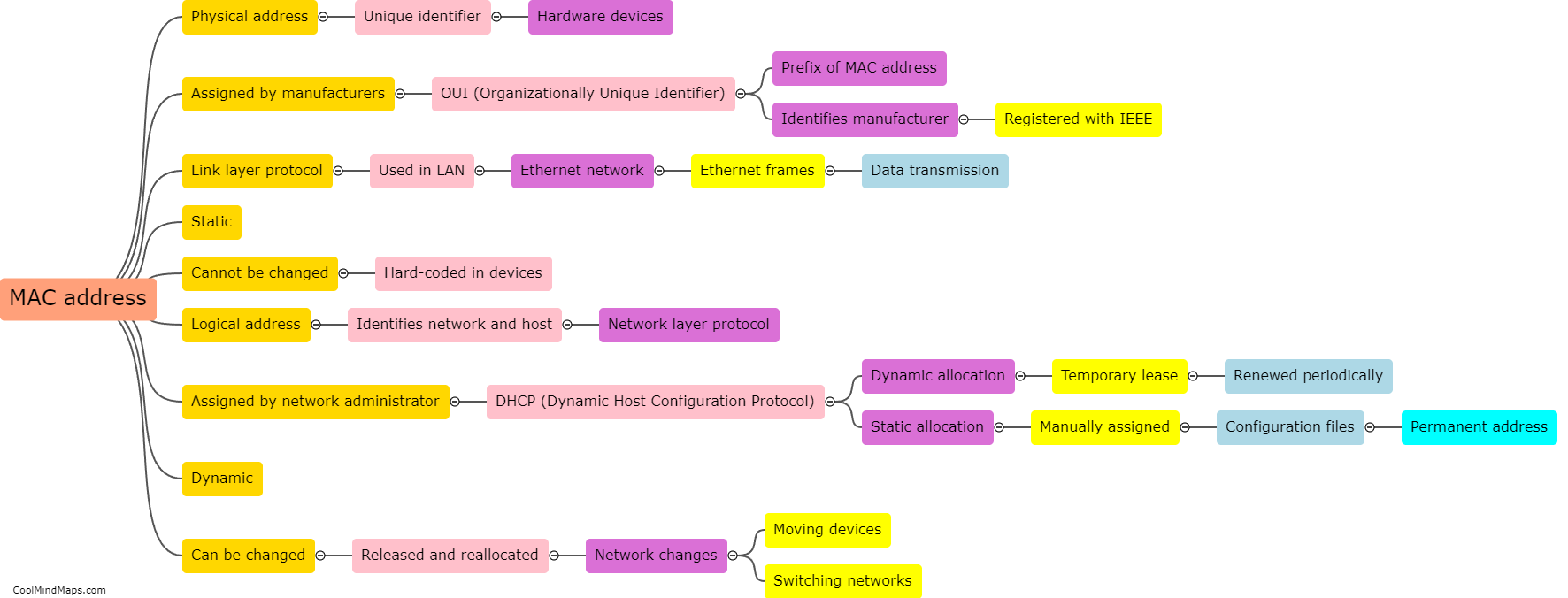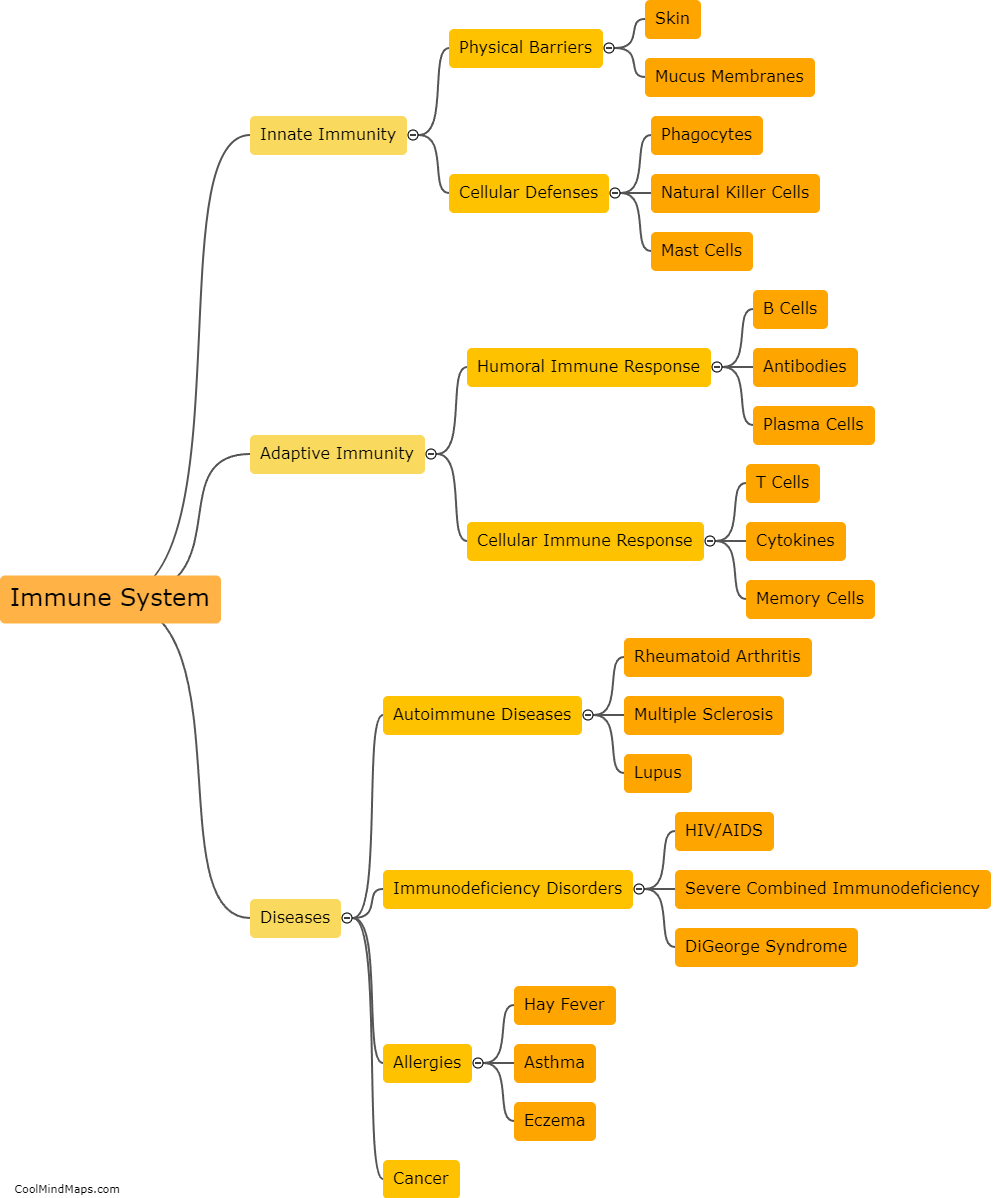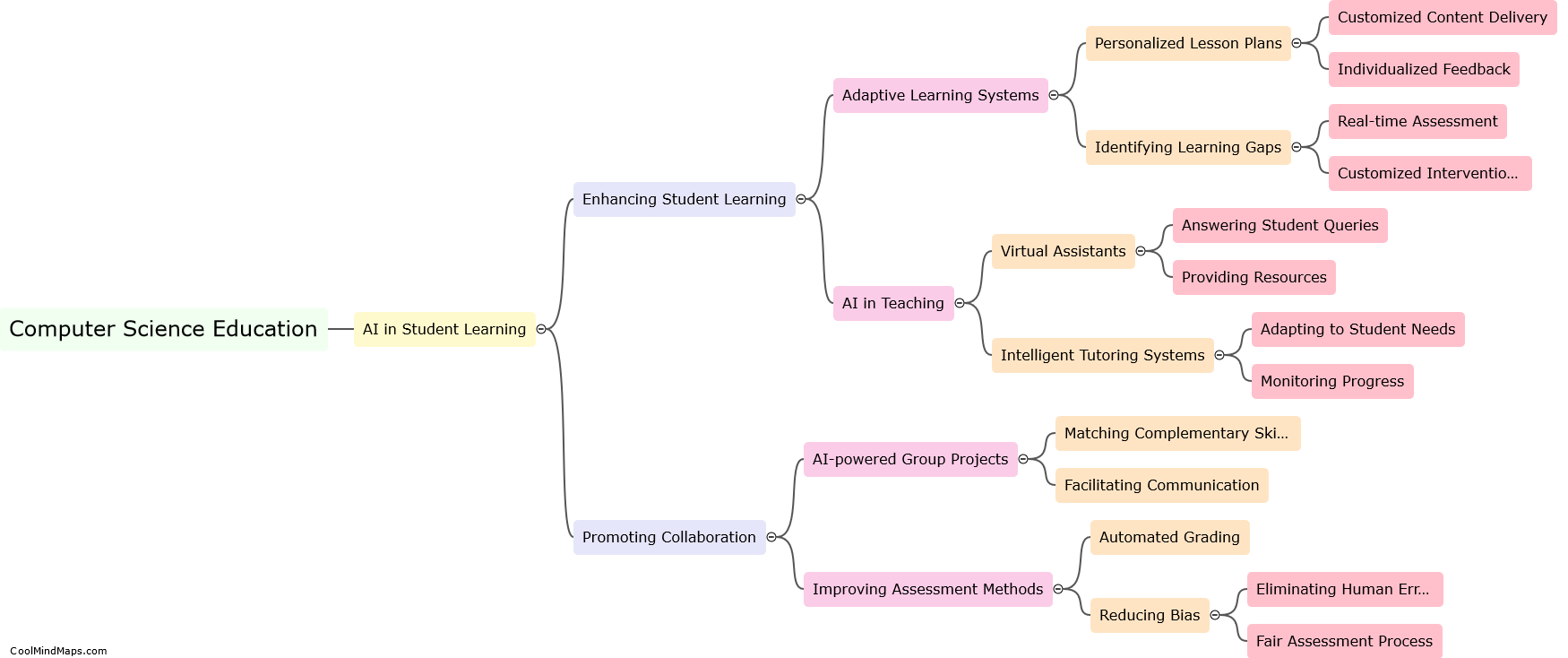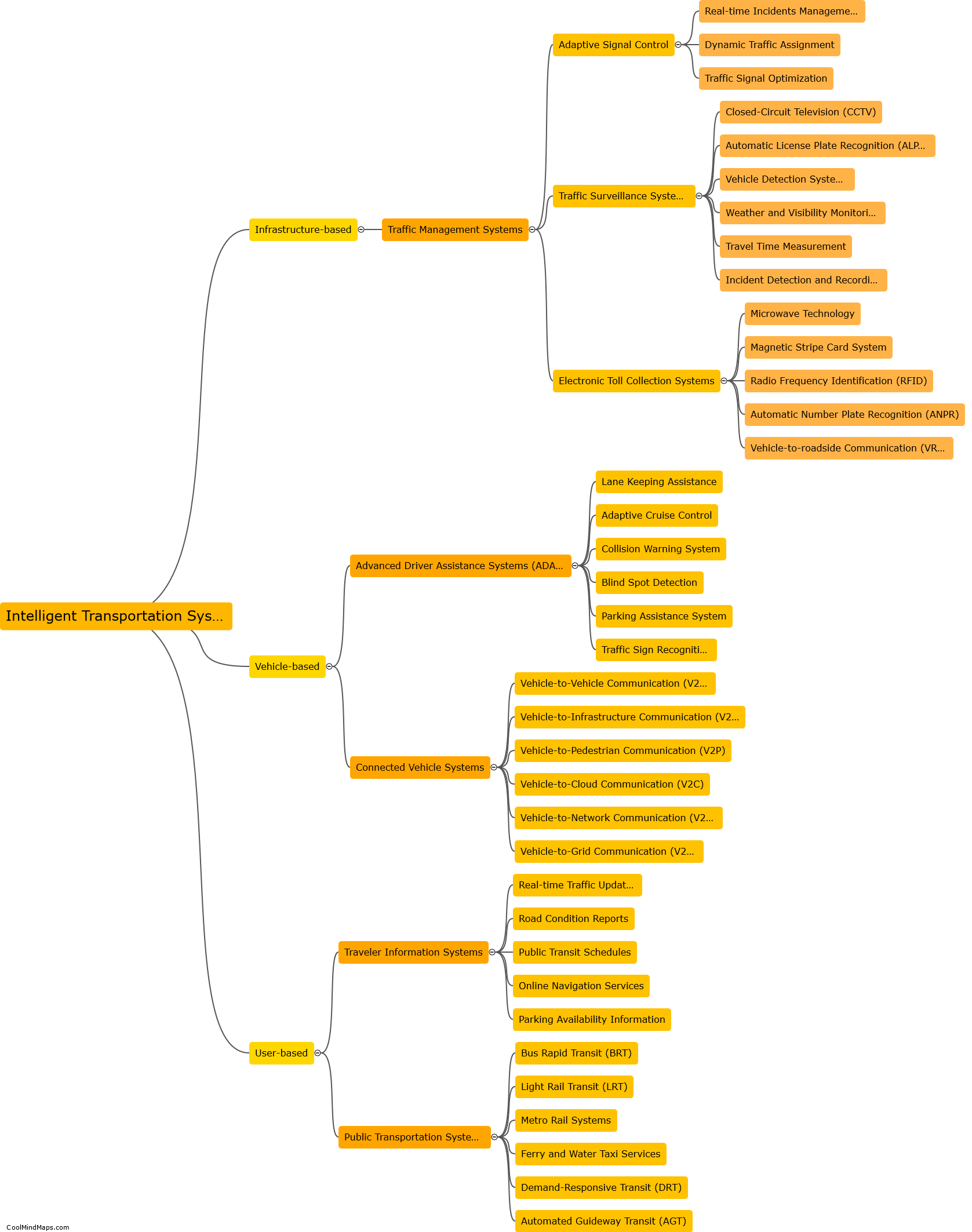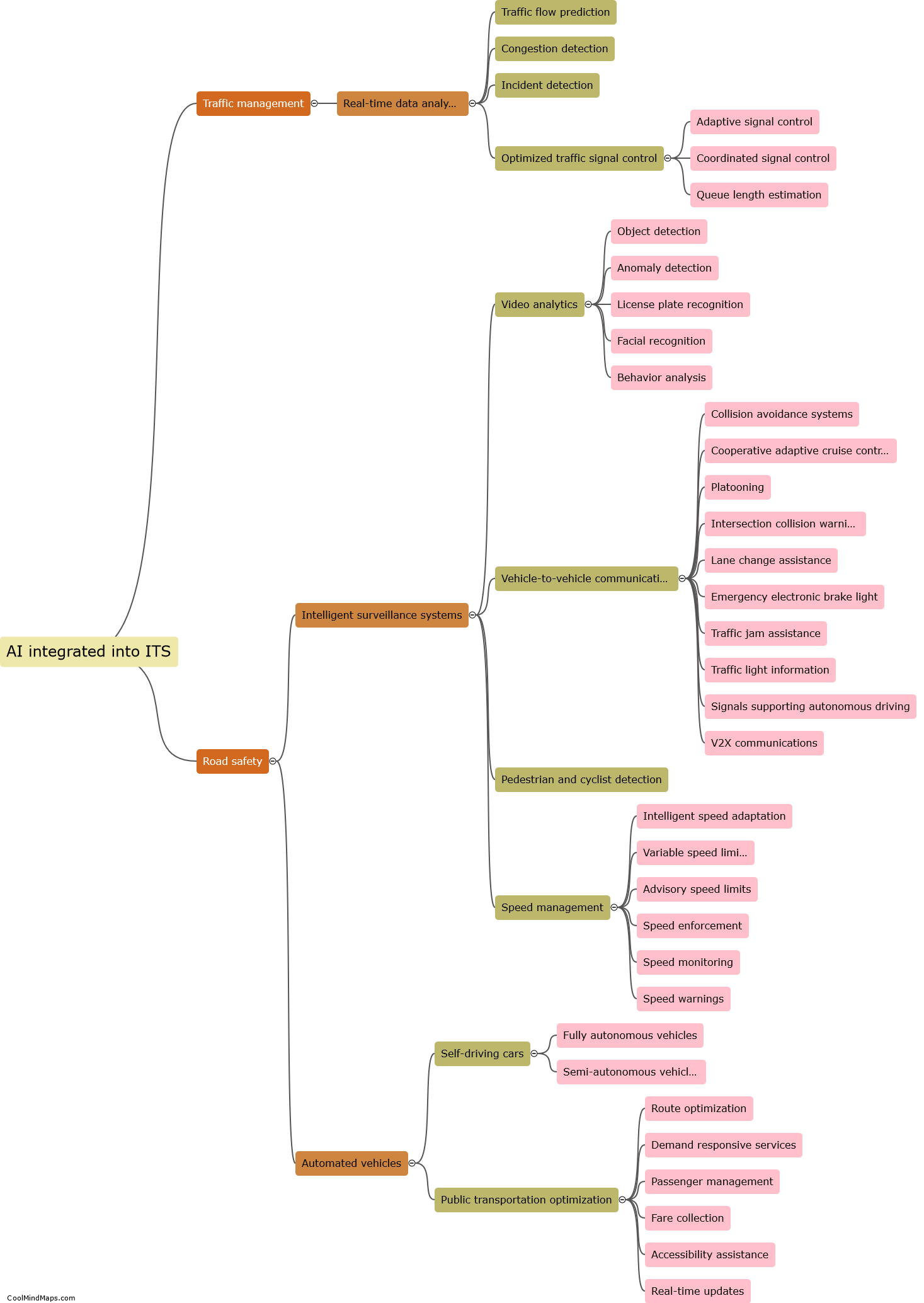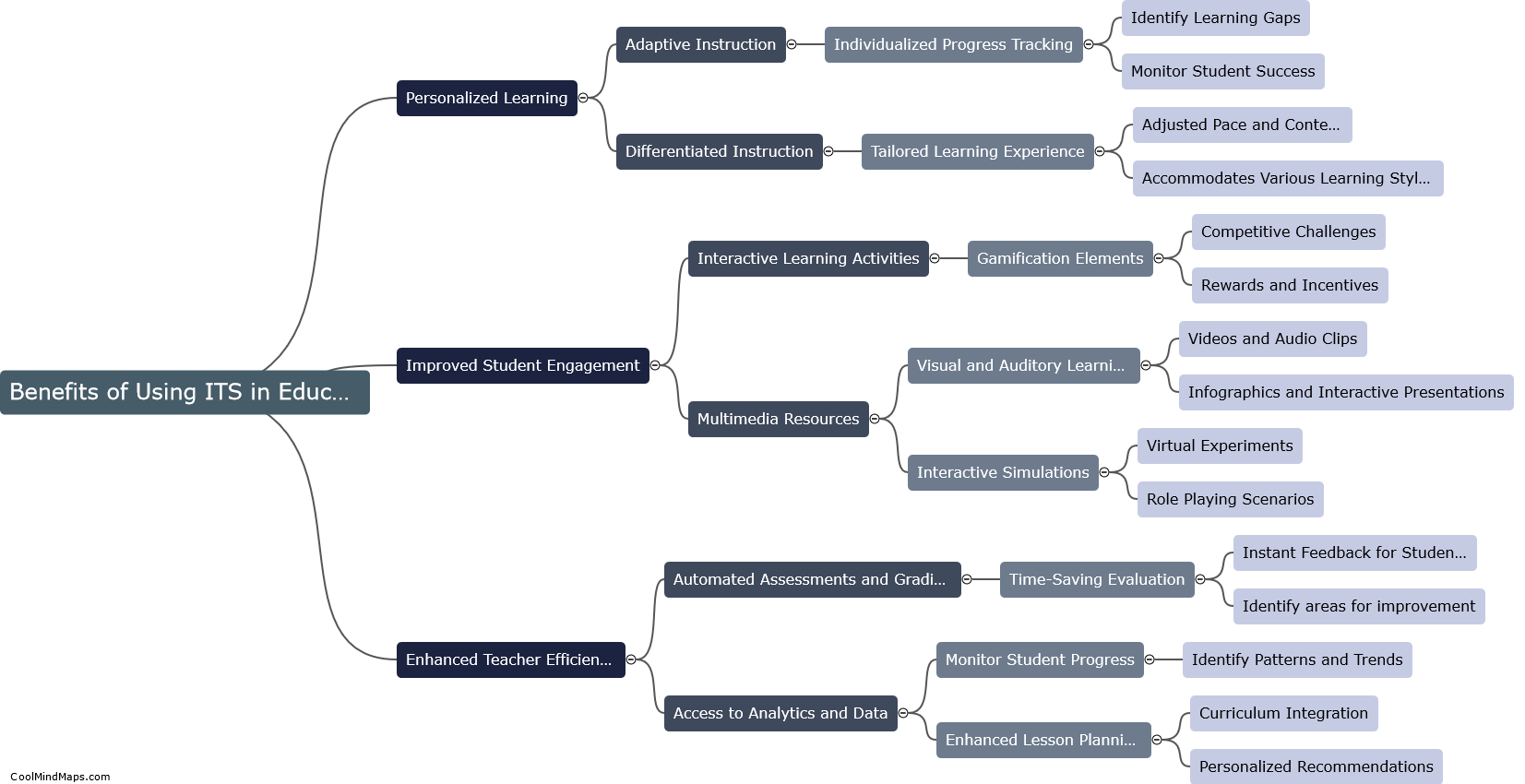How does ITS usage vary in different contexts?
The usage of Intelligent Transportation Systems (ITS) can vary significantly in different contexts. In urban areas, ITS is commonly used to manage traffic congestion and improve the efficiency of transportation networks through technologies like traffic signal coordination, dynamic route guidance, and congestion pricing. In rural and remote areas, ITS focuses more on providing traveler information, enhancing safety measures, and monitoring transportation conditions along highways or remote routes. In freight transportation, ITS is utilized for real-time tracking and monitoring of vehicles and cargo, optimizing routes and scheduling to increase efficiency. Furthermore, ITS plays a crucial role in public transportation by enabling real-time vehicle arrival information, fare payment systems, and demand-responsive transit services. The specific applications and benefits of ITS can differ depending on the location, transportation mode, and user requirements, but its overall objective remains consistent: to enhance transport efficiency, safety, sustainability, and overall user experience.
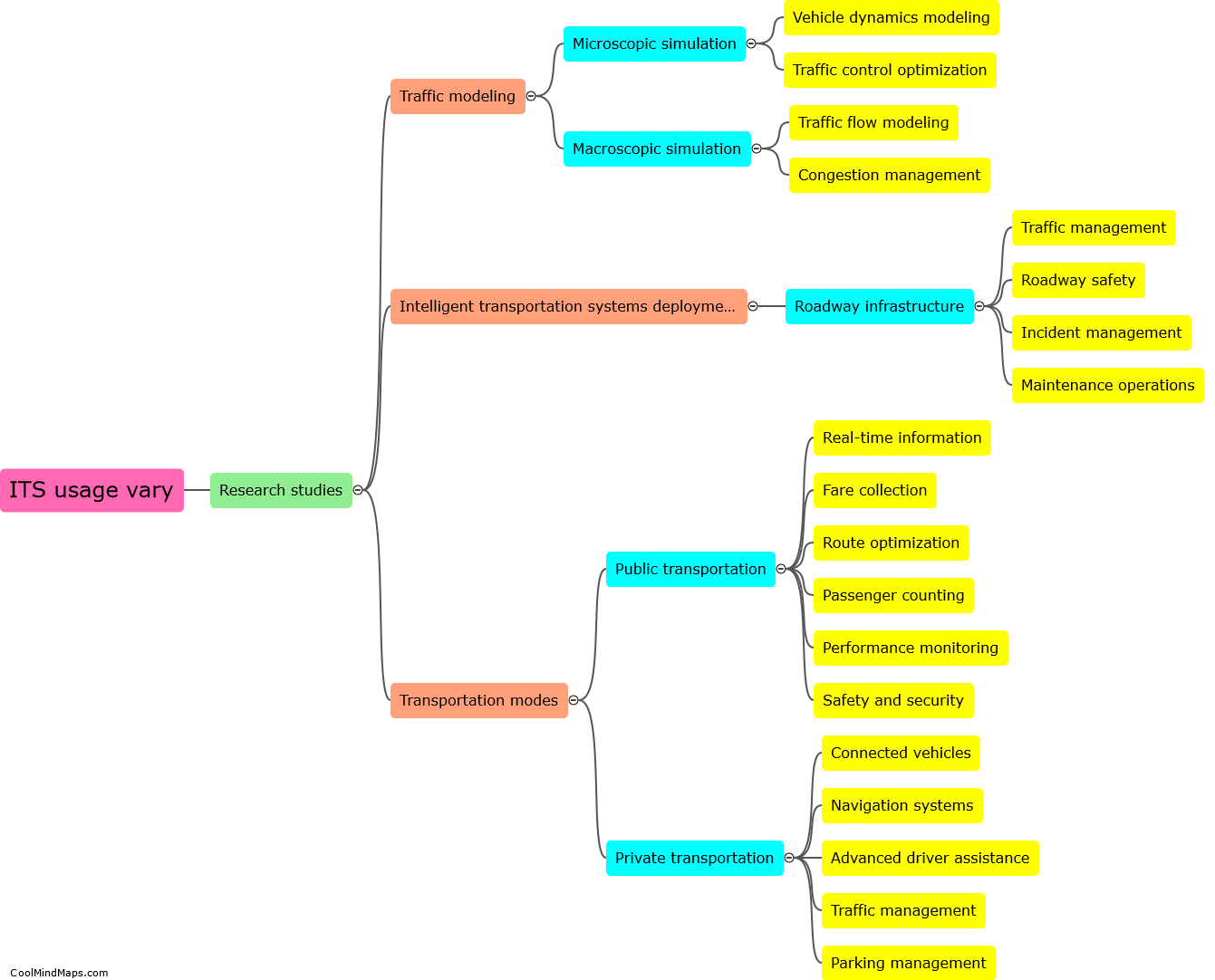
This mind map was published on 29 November 2023 and has been viewed 100 times.

